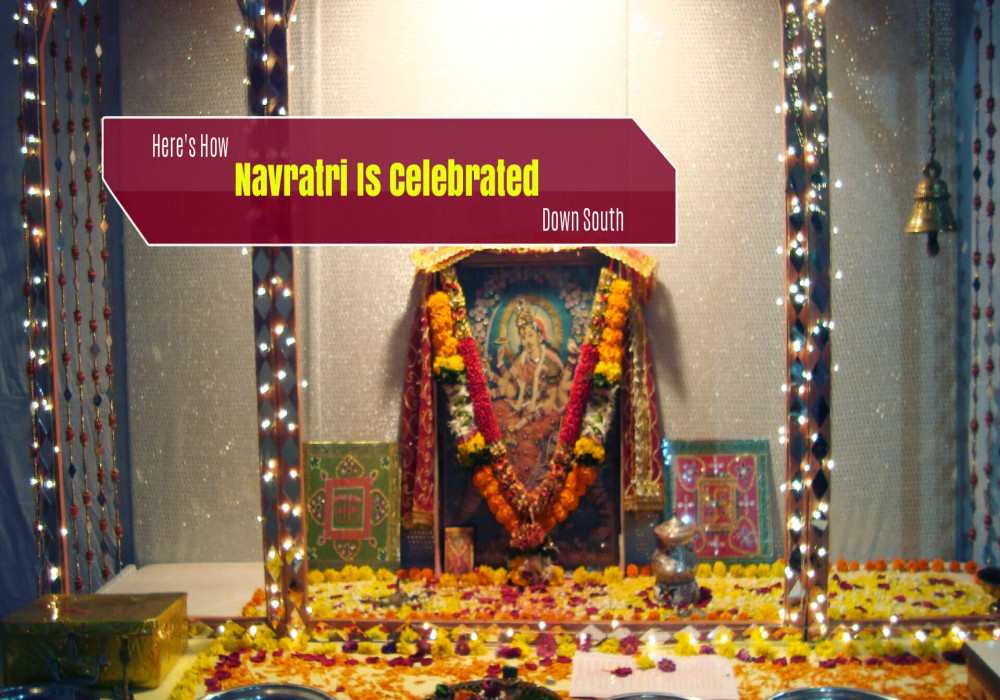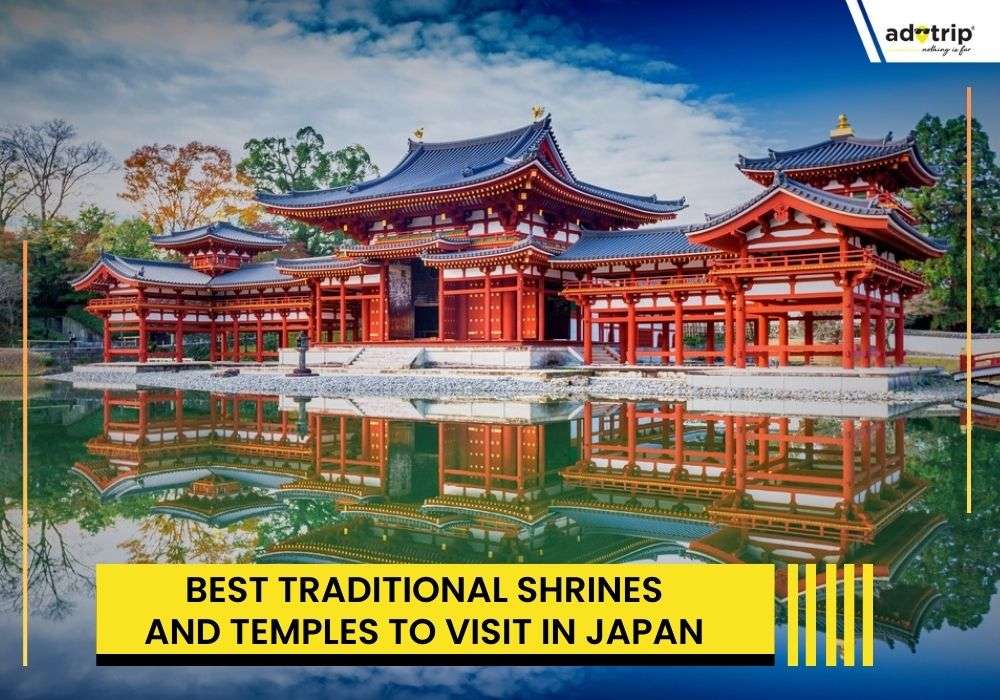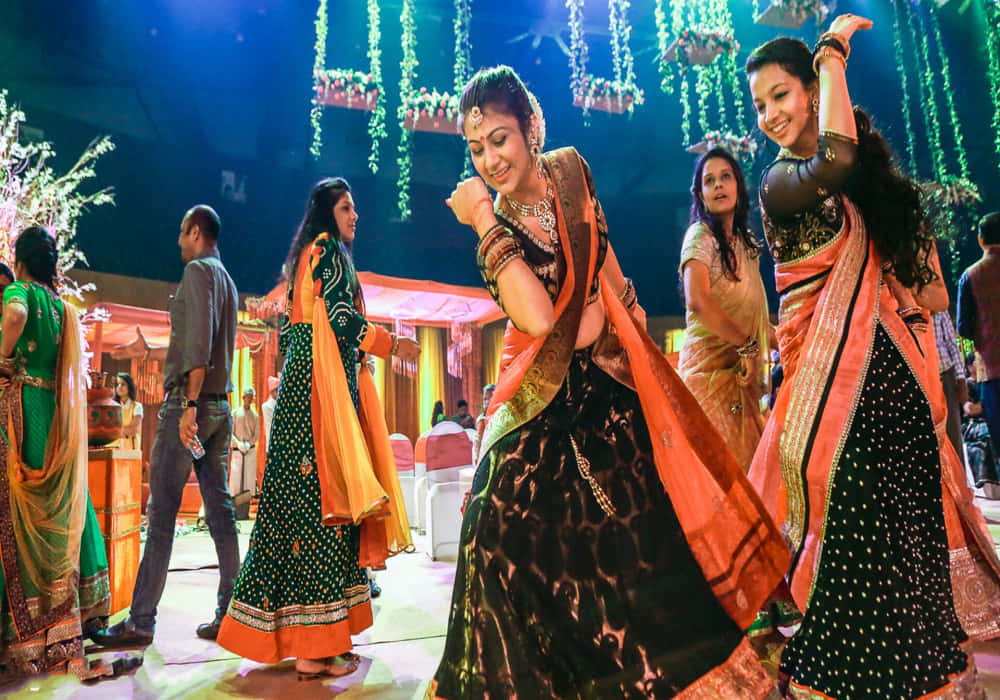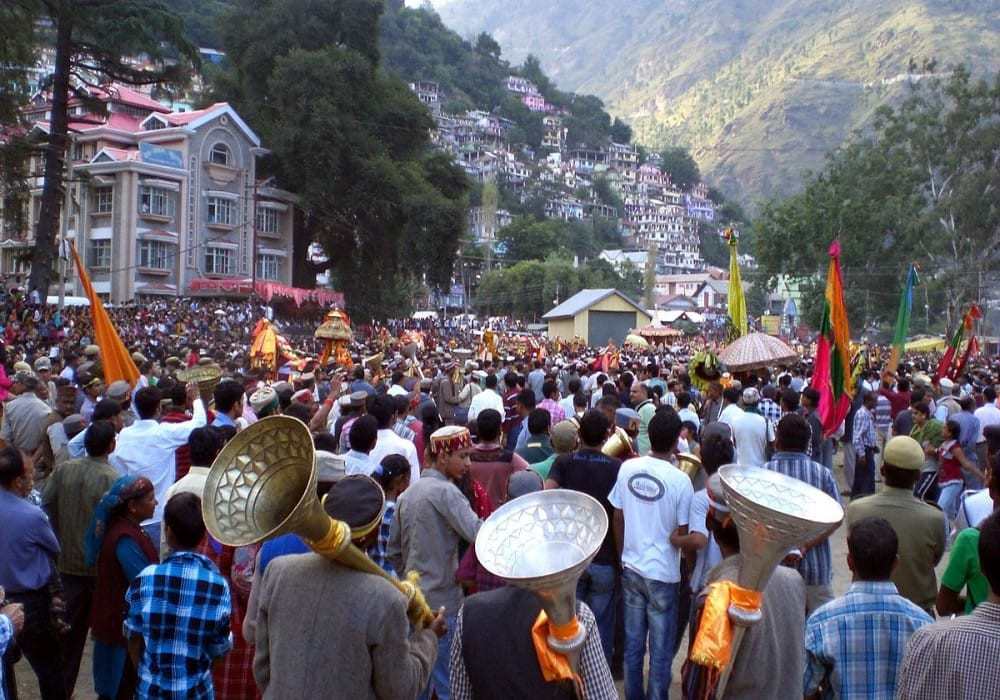
Last Updated At: 03-Oct-2024
From Karnataka to Kerala: Here's How Navratri Is Celebrated Down South
Navratri is celebrated with great zeal all over India, spanning a period of nine nights. In its essence, this festival celebrates the victory of good over evil. However, in South India, Navratri is celebrated with a somewhat different perspective.
Yes, just like North India, devotees in South India also offer their prayers to all the 9 Goddesses during Navratri, with a separate Puja conducted for Goddesses Durga.
However, Goddess Saraswati who is also known to be the epitome of learning and wisdom gets a little more significance than all the others. She is revered as the Goddess of arts, music, love, writing and thus, on the ninth day of Navaratra, Goddess Saraswati is offered prayer to promote knowledge and peace.
According to the folklore, Navratri celebrations are closely associated with the significant battle of Goddess Durga and Mahishasura which is an epitome of victory of Good over Evil. And these nine days of Navratri celebrate Goddess Durga in her nine avatars namely Shailaputri, Brahmacharini, Chandraghanta, Kushmanda, Katyayani, Kalaratri, Mahagauri, and Sidhidatri.
Let’s discuss how Navratri is celebrated in the mystical land of South India?
Navratri Celebrations in Kerala
In Kerala, the festival of Navratri has gained a very impactful stature, especially the days of Ashtami, Navmi and Vijaya Dashami. During all of these days, special importance is given to Saraswati Puja.
The ritual of Vidhyarambam is mainly performed on the last day of this ten-day festival. On this day, children are encouraged to learn and even start writing. There is a whole ritual for this adorable activity. As per the ritual, the child sits on the lap of his or her grandfather nearby the images of Goddess Saraswati and Lord Ganesha. The elder writes a letter and the child starts writing the same, marking the beginning of his or her education.
As mentioned, these last three days have immense significance. Poojavaippu is typically performed on the evening of the Durgashtami day. On this day, books and even work tools are also kept in the pious area of the house for Saraswati Puja. The following day is called Mahanavmi and Goddess Saraswati is worshipped on this day as well.
On the occasion of Vijayadashmi, people gift their teachers and seek blessings from them. Dance and music concerts are performed in various places. The devotees visit the Panachikkadu temple in the Kottayam district for offering their prayers and getting rid of negativity.
Navratri Celebrations in Tamil Nadu
On the occasion of Navratri, traditional dances like Bharatnatyam and Mohiniyattam are organized in Hindu temples. In Indian history, many dance forms have been given a lot of importance and that is why many temples and palaces in the bygone era used to have dance halls. The temples are decorated and lit with diyas to perform Pujas and offer prayers.
Another important tradition of this festival is performed by using Golu dolls. These dolls include from Gods and Goddesses to even birds of miniature significance. Following this tradition, people set up their own creative themes in their homes. In the local language, they are known as “Kolu.”
Navratri Celebrations in Karnataka
In Karnataka, during Navratri, the temples along with the cultural sites are decorated. There are also many regal processions that are carried out during this time. People gift each other coconuts, sweets, etc. Furthermore, many scenes from various stories and epics such as Mahabharata and Ramayana are enacted in the local plays. People also visit the Mookambika temple to give their respects to the presiding deity. These nine nights of cultural bliss look every bit of regality as the royal family of Mysore hosts the same.
And on the ninth day, Ayudha Puja is conducted during which the army personnel keep their weapons and the household people keep their tools of livelihood as an offering to seek blessings from Goddess Parvati, Goddess Lakshmi, and Goddess Saraswati. According to the other tradition, the local people of Karnataka also decorate their homes with dolls known as Gombe. This tradition is quite similar to that of Golu dolls in Tamil Nadu.
Navratri Celebrations in Andhra Pradesh
In Andhra Pradesh as well, Navratri is celebrated with a lot of enthusiasm. Here as well, dolls are placed in Puja rooms of houses and everyone wears new clothes on this occasion of happiness and joy, of victory of good over evil.
Even a special sweetmeat such as kheer or something else is prepared in the home, especially for the Puja ceremony, which is then offered to the deity. Once the celebrations and the Puja ceremony is over, family members devour it as Prasadam.
Also Read - Best Places for Navratri Celebrations In Gujarat
--- Published By Rohan Bhalla
Latest Blogs

Best Traditional Shrines and Temples in Japan
.jpg)
Famous Places For Foodies in India 2025

Coron vs. El Nido: Which Is Truly Better?

Packing Tips for Your Next Disney Vacation

10 Best Dream Trips in Asia You Must Experience
Speak to our experts
Popular Flights
Ahmedabad to Udaipur Flights
Amritsar to Patna Flights
Lucknow to Udaipur Flights
Ahmedabad to Coimbatore Flights
Patna to Vadodara Flights
Guwahati to Thiruvananthapuram Flights
Thiruvananthapuram to Patna Flights
Vadodara to Amritsar Flights
Vishakhapatnam to Raipur Flights
Kochi to Srinagar Flights







 Dubai
Dubai Malaysia
Malaysia USA
USA





